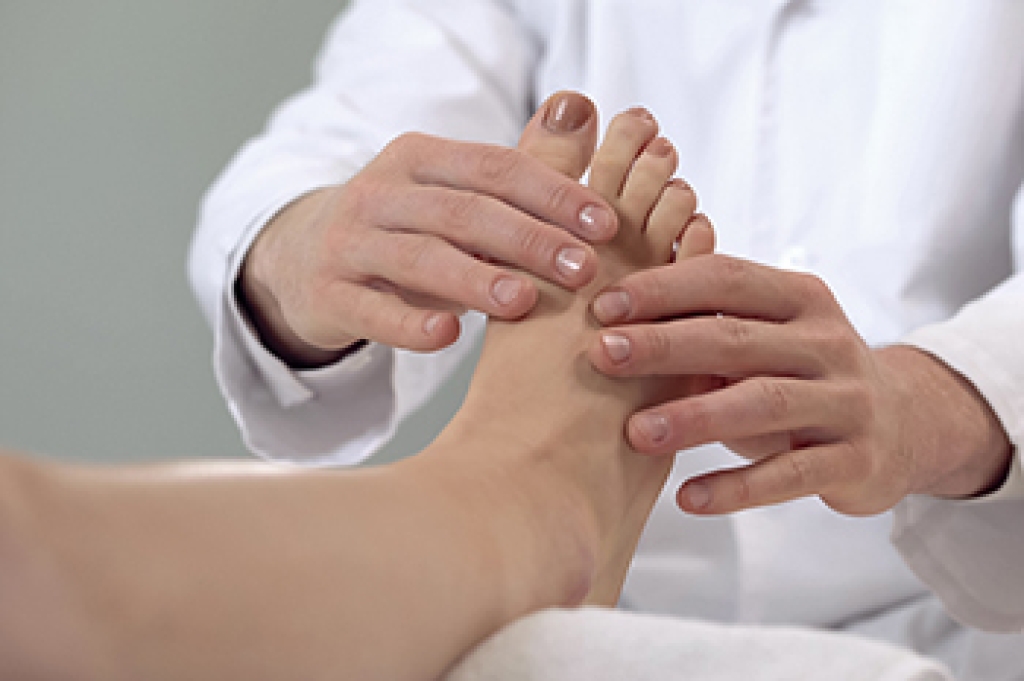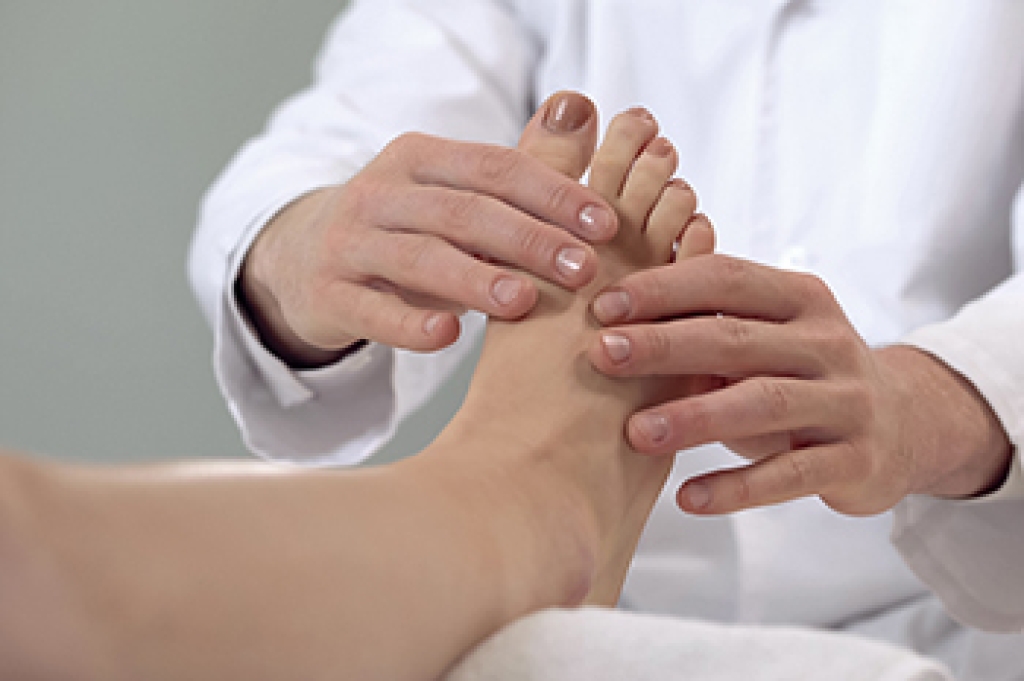
Gout is a type of arthritis that can cause pain and discomfort. In severe cases, the pain can be so debilitating that some patients may have to crawl up the steps to avoid putting weight on the affected foot. An episode of gout is referred to as a flare-up or an attack, which can happen suddenly. A gout attack can be triggered by having excess uric acid in the blood, or it may happen for genetic reasons. Crystals can form in the joints of the big toe, and this may cause the toe to become red and swollen. Additionally, foods that are eaten with high levels of purines may contribute significantly to getting gout, and it is suggested that consuming these types of foods is greatly reduced. Red meat, shellfish, and drinks that are made with large amounts of sugar fall into this category. People who experience several bouts with gout may notice that there is joint stiffness, and the big toe may look deformed. If you have gout attacks, it is strongly advised that you are under the care of a podiatrist who can help you manage and prevent future gout episodes.
Gout is a foot condition that requires certain treatment and care. If you are seeking treatment, contact one of our podiatrists from Spartan Podiatry. Our doctors will treat your foot and ankle needs.
What Is Gout?
Gout is a type of arthritis caused by a buildup of uric acid in the bloodstream. It often develops in the foot, especially the big toe area, although it can manifest in other parts of the body as well. Gout can make walking and standing very painful and is especially common in diabetics and the obese.
People typically get gout because of a poor diet. Genetic predisposition is also a factor. The children of parents who have had gout frequently have a chance of developing it themselves.
Gout can easily be identified by redness and inflammation of the big toe and the surrounding areas of the foot. Other symptoms include extreme fatigue, joint pain, and running high fevers. Sometimes corticosteroid drugs can be prescribed to treat gout, but the best way to combat this disease is to get more exercise and eat a better diet.
If you have any questions, please feel free to contact our offices located in Battle Creek and Marshall, MI . We offer the newest diagnostic and treatment technologies for all your foot care needs.




